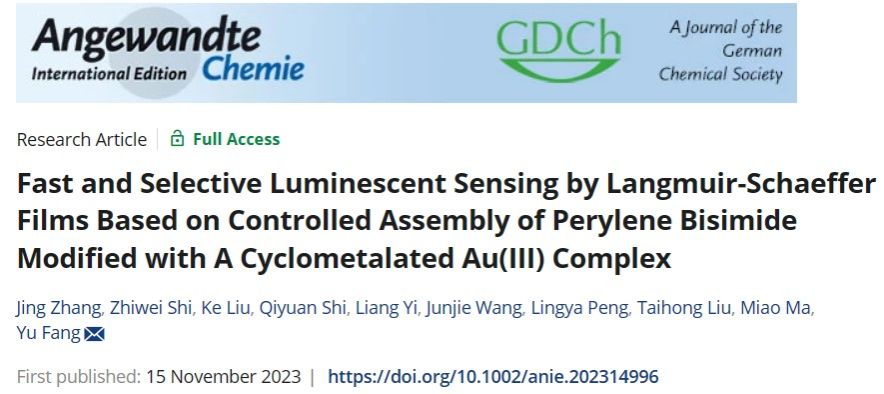
Jing Zhang, Zhiwei Shi, Ke Liu, Qiyuan Shi, Liang Yi, Junjie Wang, Lingya Peng, Taihong Liu*, Miao Ma*, Yu Fang*. Angew. Chem. Int. Ed., 2023, 62, e202314996.
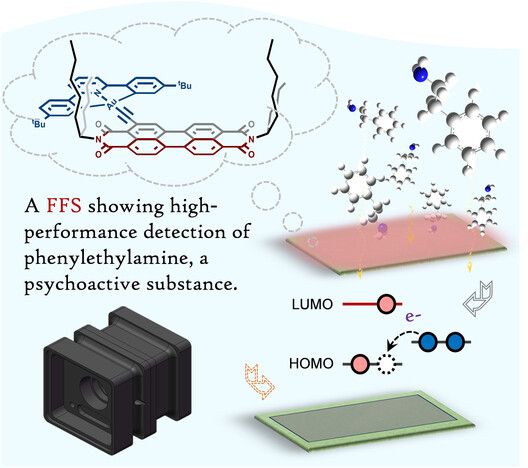
Film-based fluorescent sensors (FFSs), owing to their superior sensing performance, flexible design, and easy integration, have been recognized as one of the top 10 emerging technologies in chemistry in 2022 by the IUPAC. The performance of FFSs relies on designing innovative sensing luminophores and fabricating efficient adlayers. The sensing luminophores determine the responsiveness, while the adlayers mainly determine the signal-to-noise ratio, reversibility, and other sensing performances. However, in the film, the impact of the packing models of luminophores, i.e., the structure of adlayers, on the sensing performance has not yet been thoroughly explored.
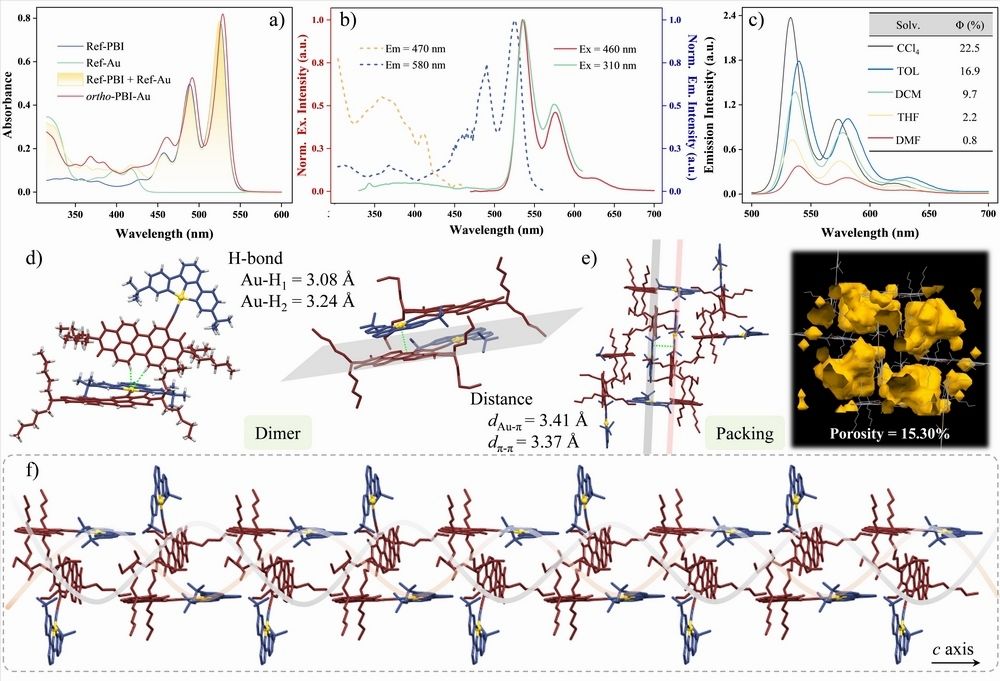
Figure 1. Absorption spectra, luminescence spectra and crystal structure of the sensor luminophore ortho-PBI-Au.
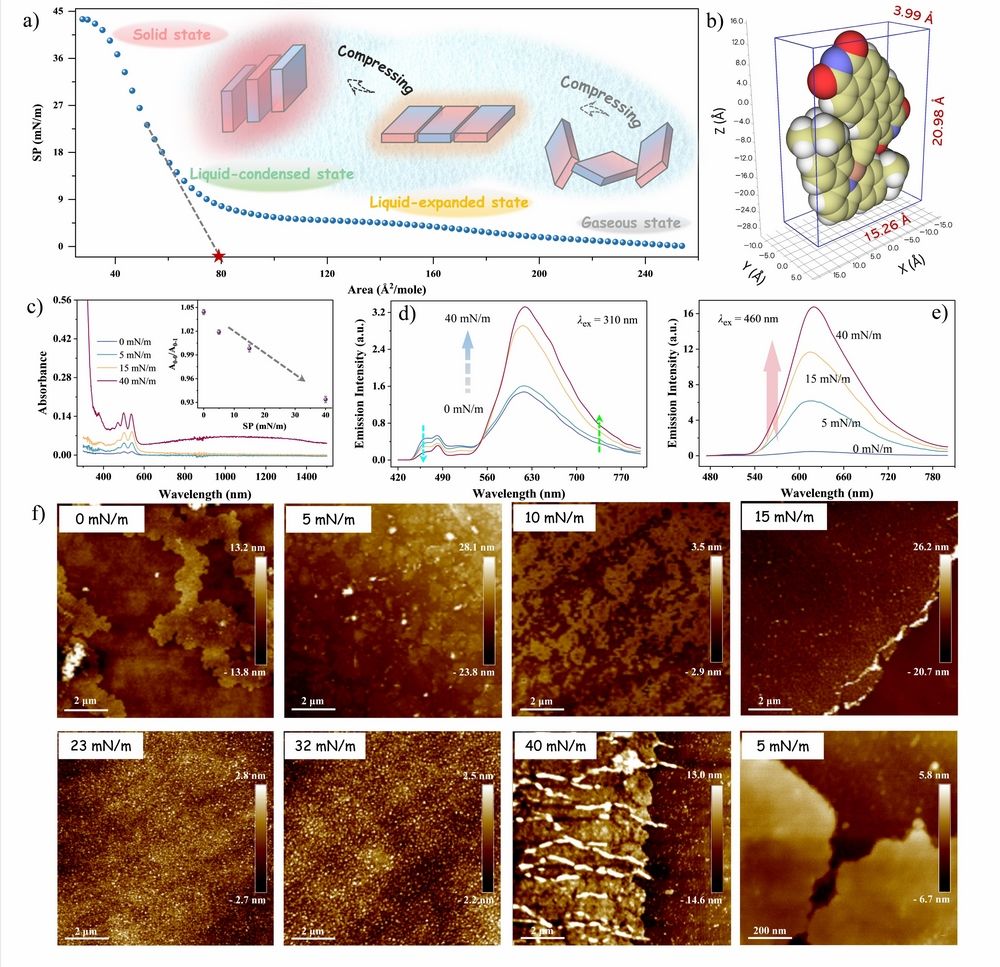
Figure 2. The π-A isotherm, spectral and morphological characterization of LS films.
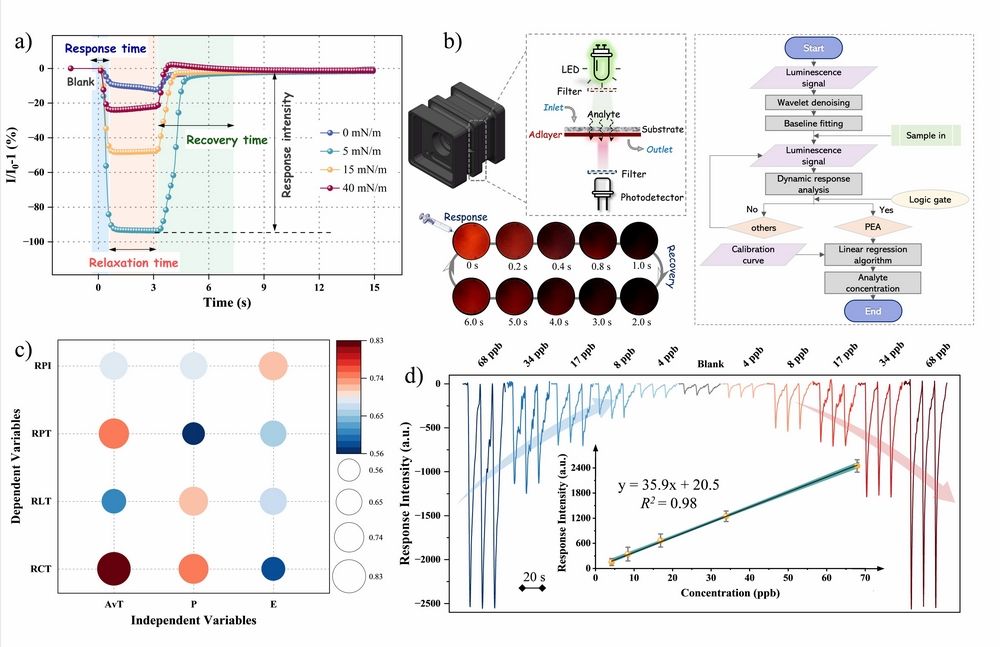
Figure 3. Sensing performance of penetrable layered sensor to PEA.
The ortho-PBI-Au was synthesized by introducing a cyclometalated Au(III) complex into the ortho-site of PBI linked by a flexible alkyne bond. XRD analysis illustrated that the monomer has a planar configuration. The crystal contained a dimer-like structure in which the monomers were packed in an “edge-to-face” manner. The packing structure comprised two Au-H bonds and C-H‧‧‧π weak interaction. These dimers further assembled into a square tetramer via C-H‧‧‧π interactions. The isotropic tetramers formed an infinite helical chain along the c-axis. The unique T-type aggregation prevented the aggregation-caused quenching phenomenon. Additionally, this donor-acceptor facilitated intramolecular charge transfer, enhancing the sensitivity to the microenvironment. At the air-water interface, the hydrophobic alkyl chains invariably oriented towards the air, while the PBI-Au core might be close to the water surface, then π-A isotherm was obtained under constant-rate compression. When the surface pressure reached ~5.0 mN/m, the luminophores were gradually packed in a "one-by-one" tiled model. The calculated tilting angle via polarized UV-vis absorption spectra, between the luminophores and the normal has been determined to be about 87.13˚, providing support for this. As the pressure increases, the luminophores gradually stood upright, eventually forming a stable solid film, with the monolayer limiting area matching the calculated value. Absorption and luminescence spectra further confirmed the changes in the molecular packing models during the compression process. Films with different packing models were collected to detect phenethylamine, and the Grey Relational Analysis method was used to analyze the influencing factors. The results showed that the thickness and porosity of the film were the most important factors, which also confirmed why the 5 mN/m film with appropriate thickness and tiled arrangement has the best response performance. The detection limit, response time, and recovery time were < 4 ppb, < 1 s, and < 5 s, respectively, surpassing the performance of the PEA sensors known thus far, and most daily necessities and illicit drugs causing no significant.
This research reveals that designing novel sensing luminophores with precisely controllable packing models is a core strategy to enhance sensing performance. It provides important guidance for the future design direction of FFSs, and lays the foundation for the portable and rapid screening of new psychoactive substances.
First Author: Doctoral candidate Zhang Jing, Shaanxi Normal University
Correspondence Authors: Prof. Fang Yu, Assoc. Prof. Liu Taihong, and Prof. Ma Miao, Shaanxi Normal University
Full Text Link: https://onlinelibrary.wiley.com/doi/10.1002/anie.202314996